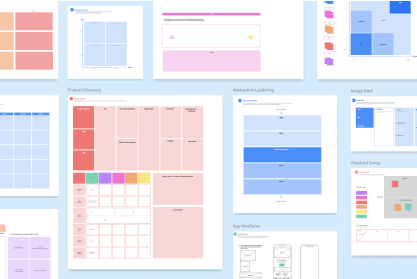The problem with PowerPoint is it prevents connecting with your audience. That’s ironic since it’s the go-to app for sales professionals. PowerPoint shouldn’t be the focus of your sales pitch. A sales presentation should be an extension of a conversation.
Unfortunately, audiences have learned to tune out when a slideshow begins. It’s a cue to reach for one’s mobile device.
So, what should today’s sales professionals do to avoid death by PowerPoint? Well, let’s first look at why PowerPoint is like a slow death. Then I’ll cover ways to integrate a presentation into your sales pitch that invites discussion and creates a connection with your audience.
The Problems that Undermine Your Sales Pitch
All of us have sat through boring presentations. It goes something like this. The presenter turns his body away from the prospect and looks sideways at the screen (at least back when you would give a pitch in person); he reads the slides using a monotone voice and doesn’t engage anyone else until the presentation is over. Boring. Awkward. Unprofessional.
Relying only on a slide deck during a sales pitch is problematic:
It puts the audience in listen-only mode and doesn’t account for the reality that adults have short attention spans
Presenters put too much information on a slide, overwhelming people
Presenters rely on too much animation on a slide, confusing people
It limits how you can powerfully connect with the audience
Ultimately, you fail to stand out. What every presenter must remember is the goal of a sales pitch is to engage. And no one participates in a one-way conversation. Or said differently, nobody likes to be talked at.
A Proper Sales Pitch Is a Conversation
A compelling sales call is a two-way conversation. To have a conversation means that you spend time listening to your prospects. Learn from their pain points. Listen for the unspoken desires they have. Ask questions. Listen. Ask questions. Listen.
Don’t start with a presentation. Once you have established rapport and genuinely have a good understanding of what your prospect wants, then give your presentation. You’ll stand out from your competition.
Here are characteristics of effective virtual sales presentations:
Involve your prospect immediately. Use a virtual whiteboard to engage them.
Break-up your presentation with discussion questions that are developed to engage your audience. Make the questions relevant to their needs/aspirations.
Share your screen and show visuals that are relevant to your prospect’s pain points. Use various file types—video, images, documents—when showing your visuals. Save and share your visuals directly from a virtual work platform
When using slides, don’t use animation. Don’t include much text. Don’t read your slides. Remember, if you read your slides, then there’s no need for you to meet. Anyone can read a slide deck.
PowerPoint has become a crutch. A crutch is something you lean on for stability. In your sales pitches, you need to lean on your ability to relate and communicate. To listen and understand. You don’t need a crutch. You’ll find stability in building rapport and using technology to enhance the sales pitch experience and win more deals.






